The Role of Robotics in Modern Logistics Technology Solutions
Logistics has evolved beyond simple transportation and warehousing. Modern logistics technology solutions increasingly rely on robotics to enhance speed, accuracy, and adaptability throughout the supply chain. As consumer expectations grow, businesses leverage robotics to remain competitive while reducing operational costs and improving service quality.

Robotics: Transforming the Logistics Landscape
Robotics is redefining how warehouses and distribution centers operate. These innovations streamline previously manual tasks, from autonomous mobile robots (AMRs) to robotic picking arms, creating a seamless integration between technology and human oversight.
1. Automated Picking and Sorting
Traditionally, warehouse picking was labor-intensive, with workers traveling long distances to retrieve products. Robotic picking arms now handle repetitive picking tasks with greater speed and precision. Integrated with computer vision, these robots identify and grasp items of varying shapes and sizes, significantly reducing errors in order fulfillment.
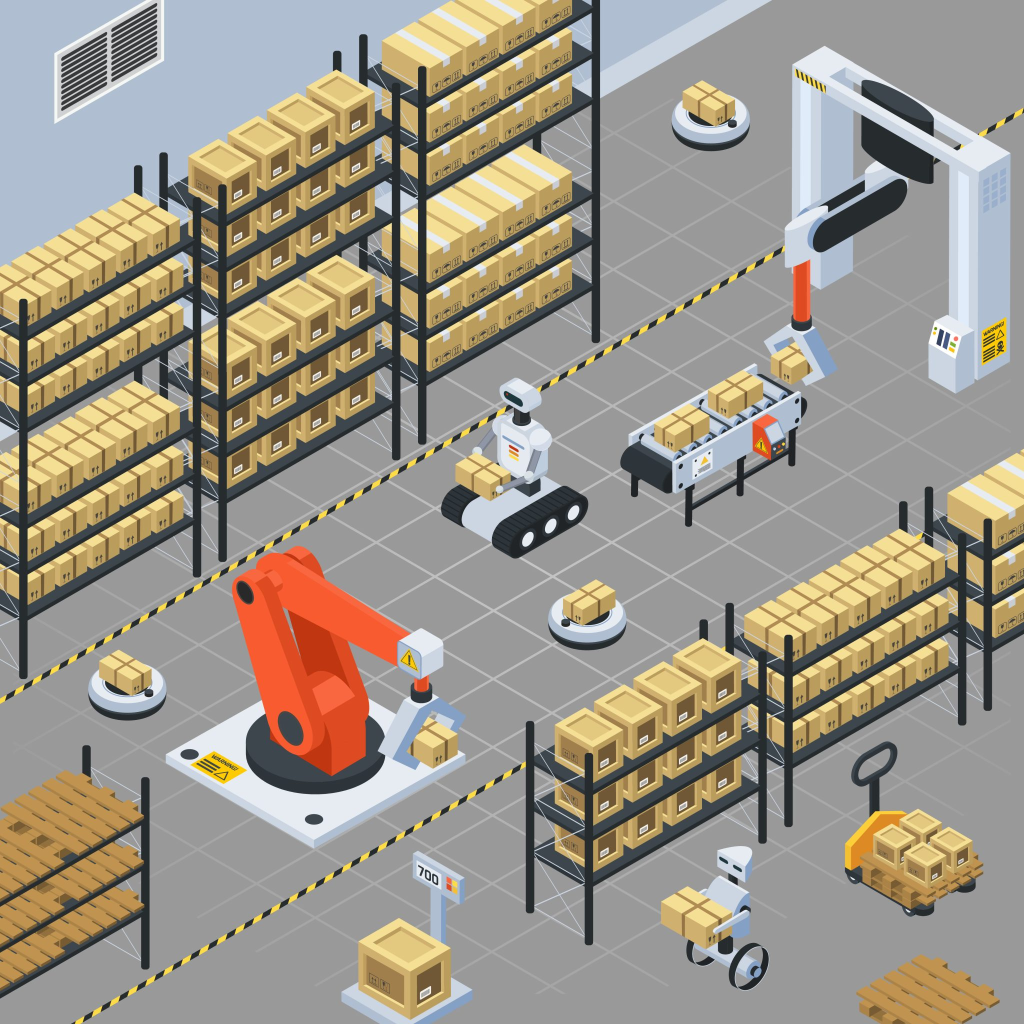
In addition, high-speed robotic sorting systems categorize and route packages efficiently. These systems scan barcodes or RFID tags and direct items to the correct conveyors, minimizing manual sorting and ensuring faster dispatch.
2. Autonomous Mobile Robots (AMRs)
Unlike automated guided vehicles (AGVs) that require fixed tracks or wires, AMRs navigate dynamic environments using sensors, cameras, and AI-based path planning. They transport goods across the warehouse, avoiding obstacles and adjusting routes in real-time.
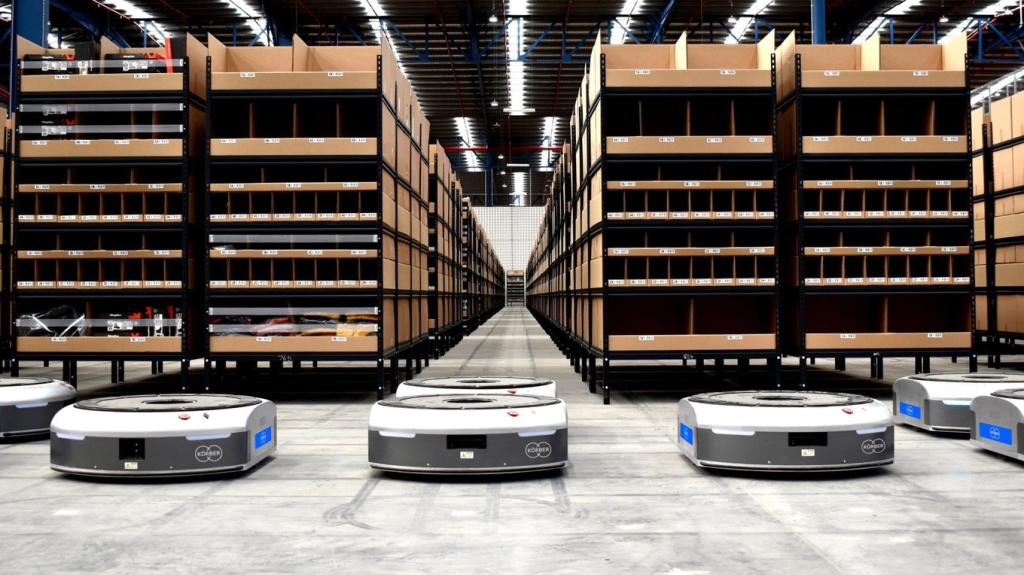
AMRs are particularly beneficial for e-commerce fulfillment centers managing a large volume of small parcel orders. They work alongside human workers, ferrying shelves or bins directly to picking stations, thus improving productivity and reducing worker fatigue from walking long distances.
3. Palletizing and Depalletizing Robots
Palletizing robots stack boxes onto pallets efficiently and uniformly, optimizing space and reducing the risk of workplace injuries caused by heavy lifting. Depalletizing robots reverse this process, unloading pallets for storage or order processing.
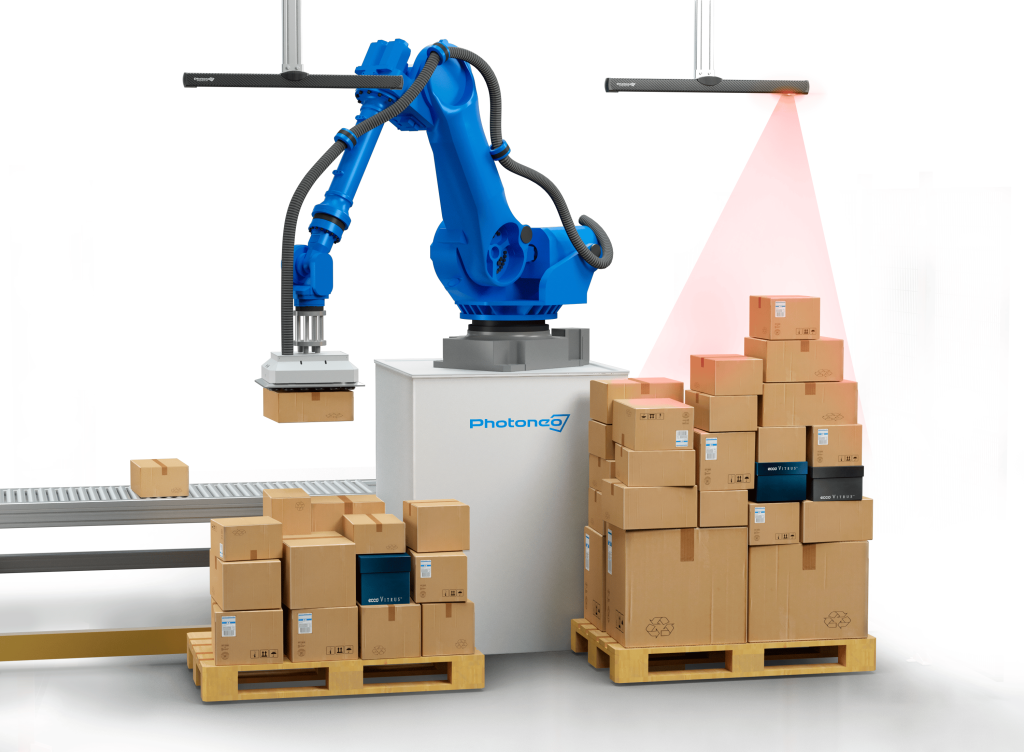
These robots are widely adopted in FMCG warehouses, manufacturing facilities, and cross-dock operations where speed and consistency are crucial. Their programming can adapt to various box sizes and stacking patterns, enhancing operational flexibility.
4. Robotics in Last-Mile Delivery
While warehouse robotics is widely implemented, the last mile remains a challenge in logistics. Robotics companies are exploring autonomous delivery vehicles and drones to address last-mile inefficiencies, especially in urban and rural areas with accessibility constraints.

Delivery robots are piloted in universities and city centers for food and parcel deliveries. Although regulatory hurdles remain, these technologies can potentially reduce delivery times and alleviate driver shortages in the long term.
The Strategic Benefits of Robotics in Logistics
a. Increased Efficiency and Throughput
Robotics significantly speeds up repetitive tasks, enabling warehouses to process more orders in less time. This scalability becomes crucial during peak seasons such as Black Friday or Lunar New Year to meet surging demand without increasing labor costs proportionally.
b. Improved Accuracy and Reduced Errors
Human picking, packing, and sorting errors can be costly for businesses, leading to returns, replacements, and reputational damage. Robotics enhances order accuracy, ensuring customers receive the correct items promptly.
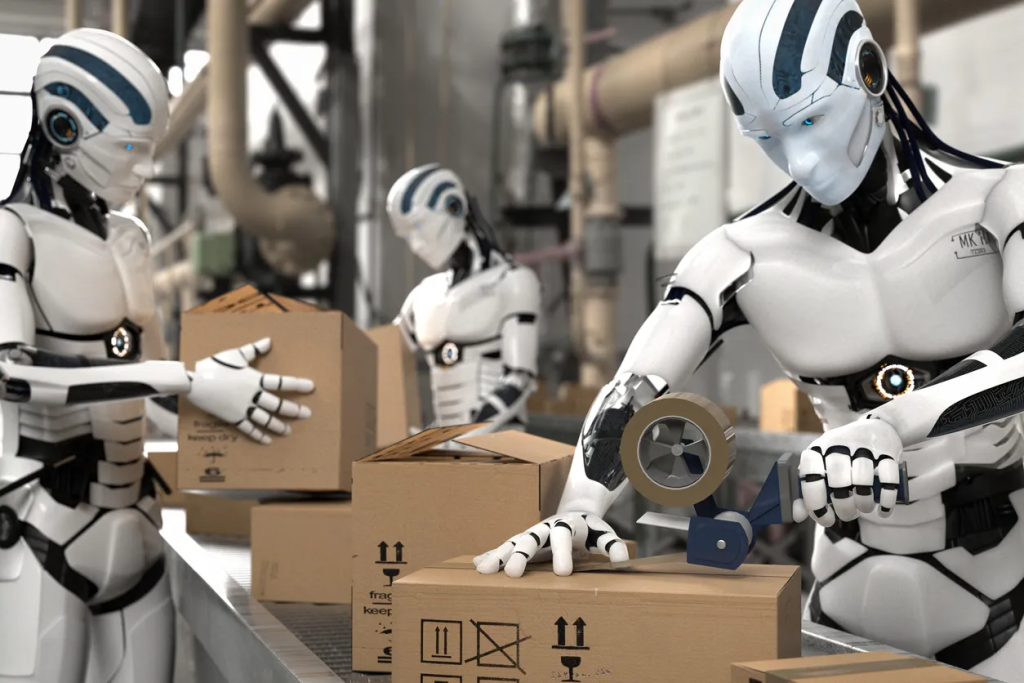
c. Enhanced Workplace Safety
Robotics reduces workplace injuries by automating hazardous or physically demanding tasks such as heavy lifting and repetitive sorting. Workers can be reallocated to supervisory or technical roles, improving job satisfaction and safety.
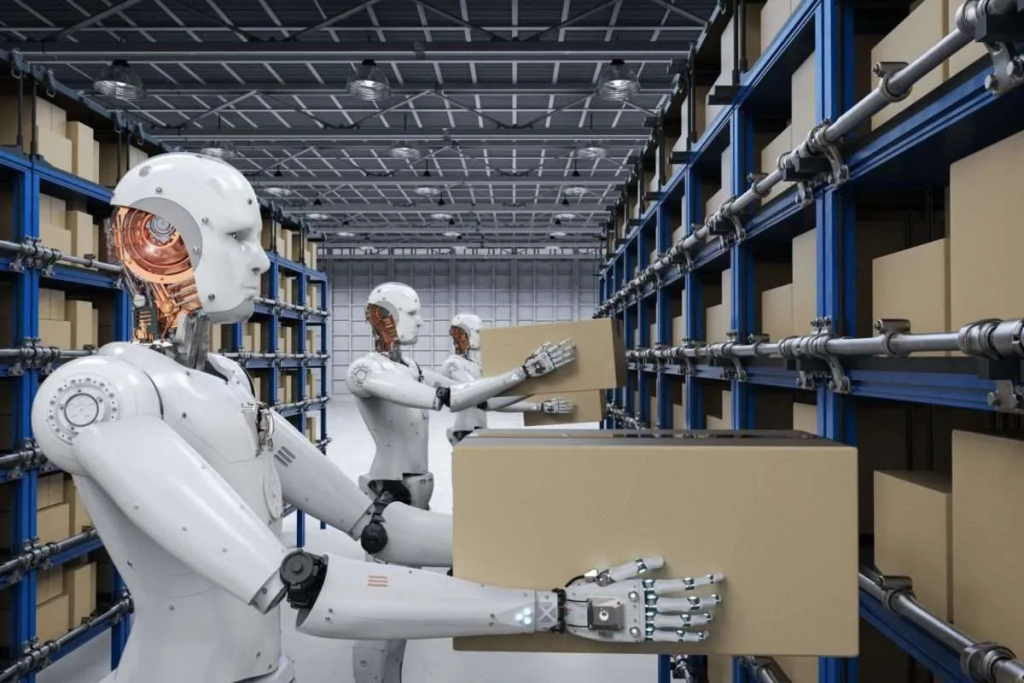
d. Data-Driven Optimization
Modern robotics systems integrate with Warehouse Management Systems (WMS) and Transportation Management Systems (TMS) to provide real-time operational data. Insights from robotics performance help managers optimize workflows, inventory placement, and labor allocation.
Robotics Integration: Practical Considerations
While the benefits of robotics are substantial, successful integration requires careful planning. Businesses must assess warehouse layouts, operational requirements, and existing software infrastructure to ensure seamless deployment. Training staff to work alongside robots and manage exceptions is essential for smooth operations.
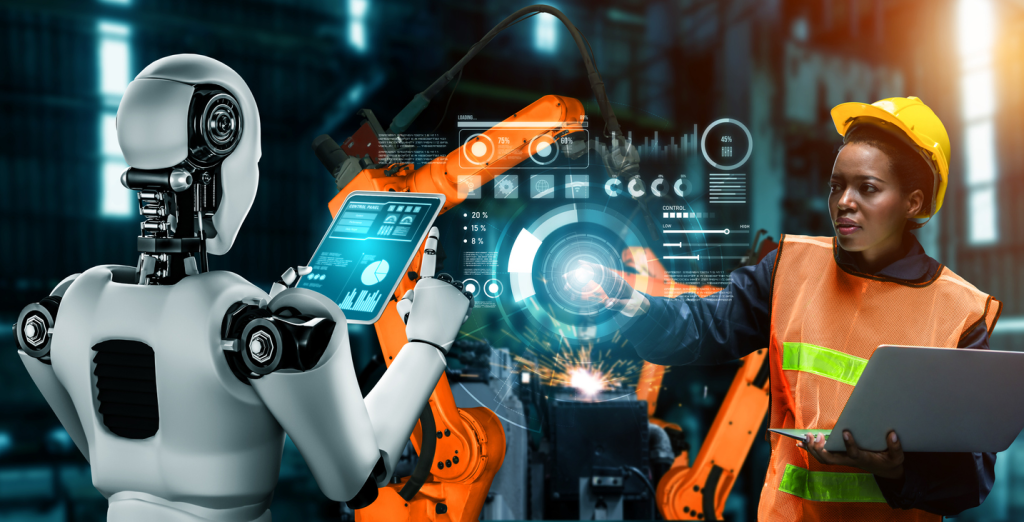
Many third-party logistics providers (3PLs) and fulfillment platforms have started incorporating robotics into their technology stack to support client growth. For example, platforms like PostalParcel, which provide integrated fulfillment and inventory management solutions for cross-border sellers, optimize operations by leveraging robotics-enabled partner warehouses. Although PostalParcel focuses on flexible fulfillment solutions rather than running its robotics warehouse, its platform architecture integrates with fulfillment partners equipped with AMRs and automated sorting systems to streamline order processing and improve shipping speed.
Robotics and Future Logistics Technology Trends
Looking ahead, robotics will continue evolving with AI and IoT. Future trends include:
- Collaborative robots (cobots) that safely work side-by-side with humans without extensive safety barriers
- Advanced machine learning for self-optimizing picking routes and stacking patterns
- Swarm robotics, where multiple small robots work collectively to perform large-scale tasks efficiently
- Edge computing in robotics for faster data processing and decision-making within warehouses
As consumer expectations for same-day and next-day deliveries become the norm, robotics will no longer be optional but a strategic necessity for logistics providers and e-commerce businesses.
Conclusion
Robotics is reshaping modern logistics technology solutions by enhancing supply chain efficiency, accuracy, and adaptability. From warehouse automation to last-mile delivery innovations, robotics provides scalable advantages essential for competitive markets. Businesses leveraging platforms that integrate seamlessly with robotics-equipped fulfillment networks, like PostalParcel, position themselves ahead in delivering faster, more reliable services to customers worldwide.
Investing in robotics is not merely adopting new machines – it is embracing a future-ready approach to logistics that combines human intelligence, machine precision, and digital connectivity for superior operational performance.
Industry Insights
news via inbox
Nulla turp dis cursus. Integer liberos euismod pretium faucibua








